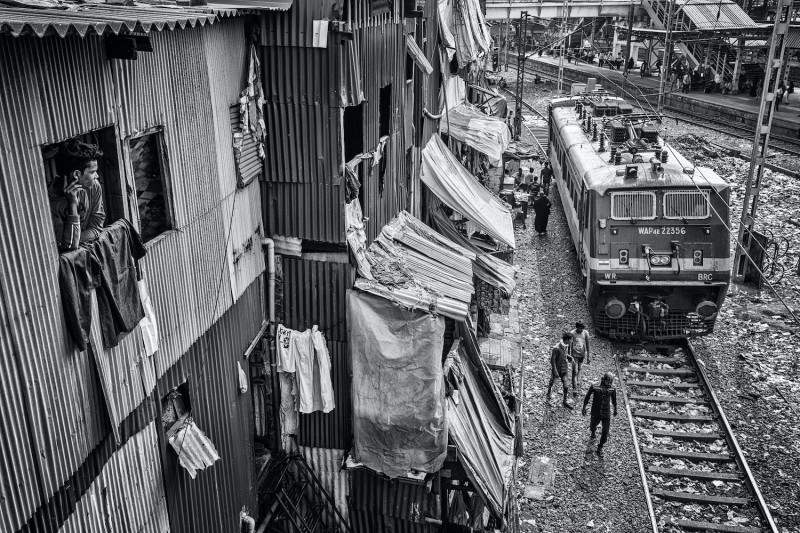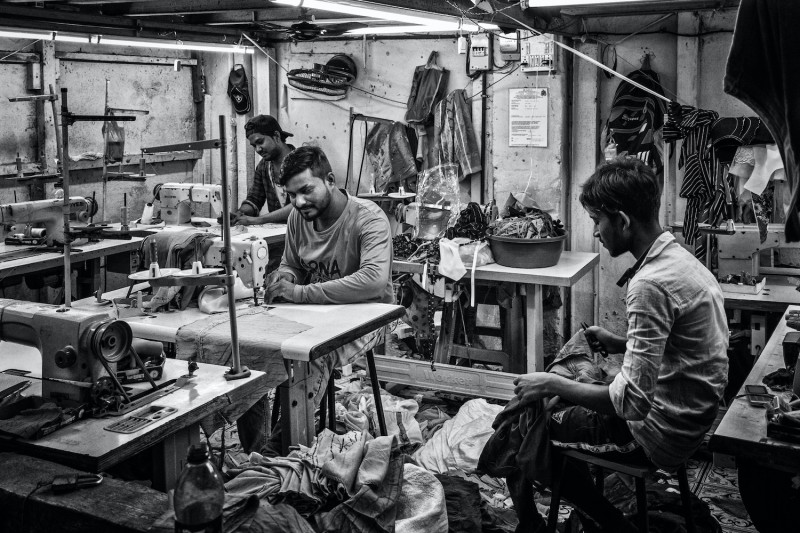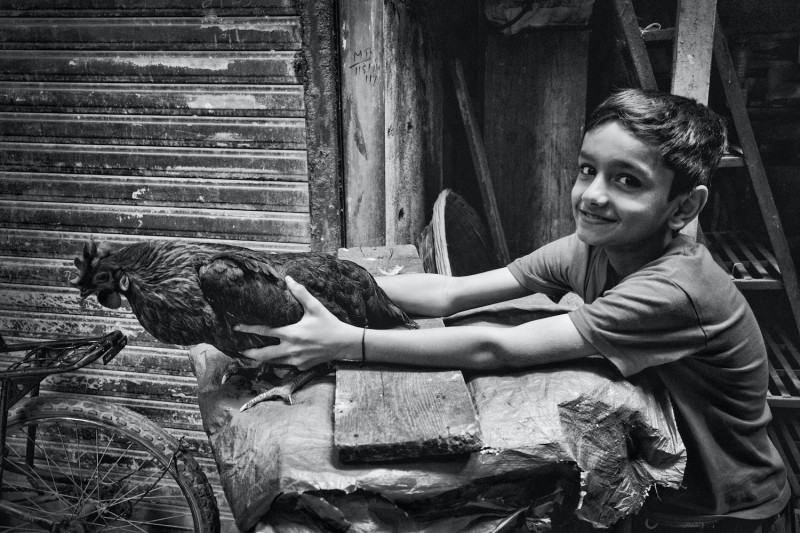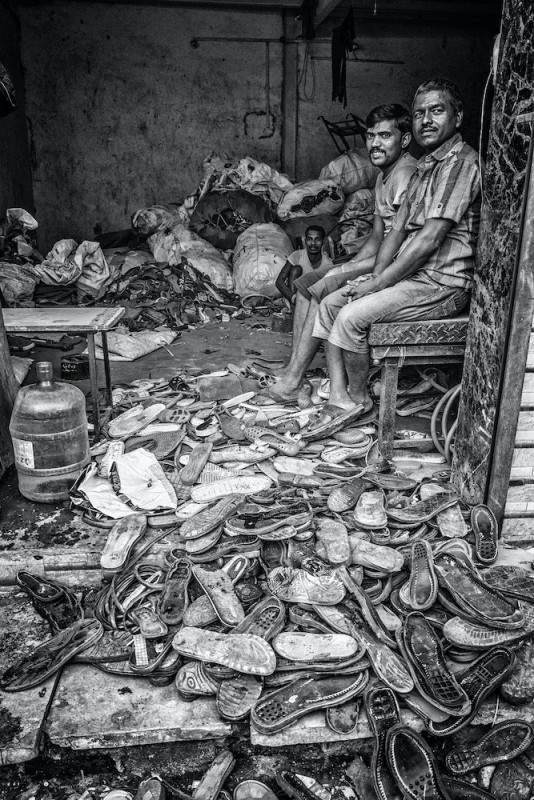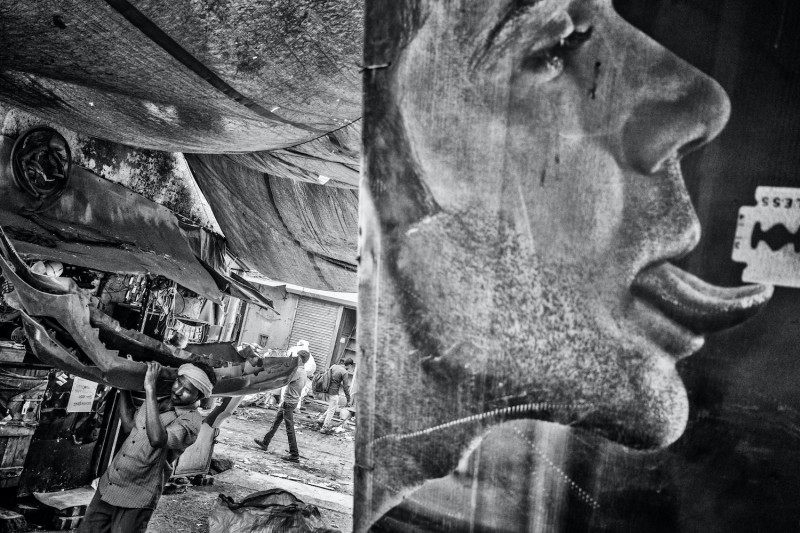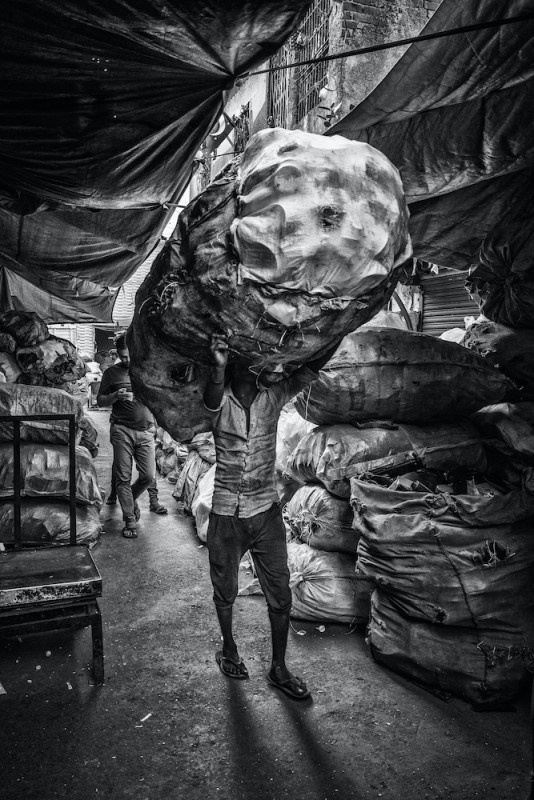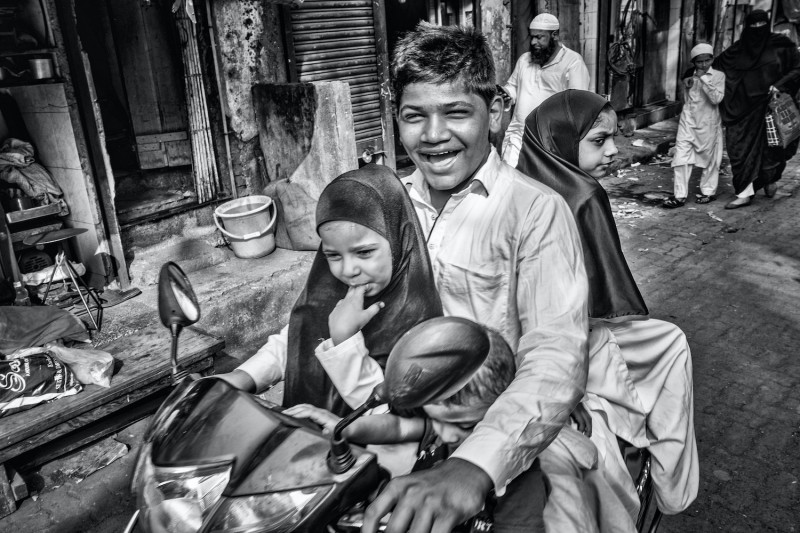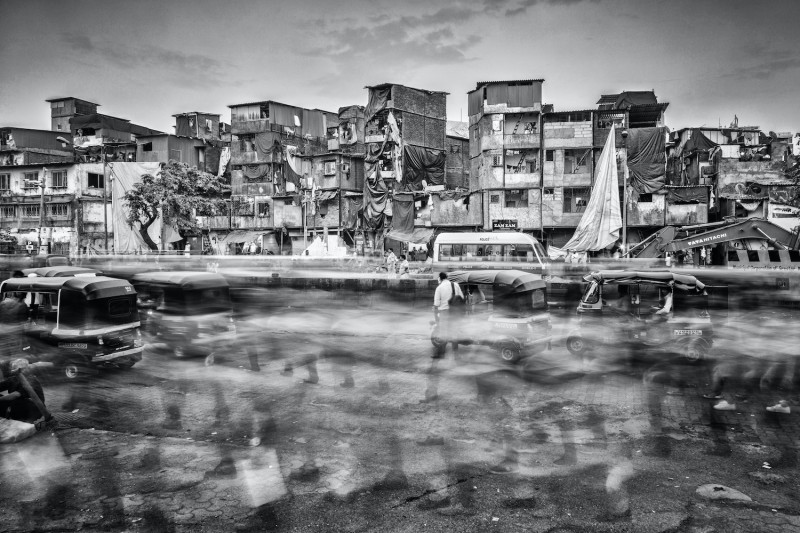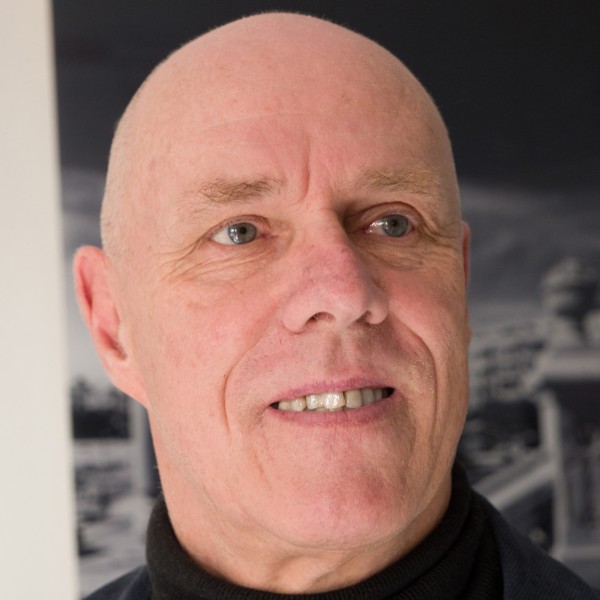India's Big Shadow
India's Big Shadow
Torsten Andreas Hoffmann
April 27, 2021
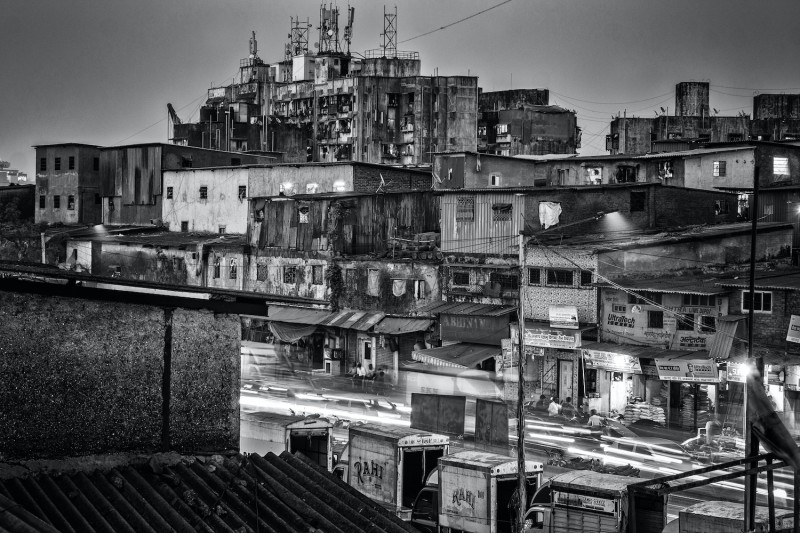
Torsten Andreas Hoffmann: I've been interested in India since I was 23 years old. It's a unique cultural cosmos, with a diversity of traditions that are mostly maintained to this day. In addition, it's the second most populous country in the world.
You present unvarnished photographs of the slums, and everyday life in India. Why have you focussed on the slums?
First of all, with globalisation, we have an economic system where the 85 richest people own as much as the 3 billion poorest. This is a tremendous imbalance. This inequality is more visible in Mumbai, than in any other place I know. It interested me to put the spotlight on the poorest, and to contribute to a larger awareness of this extreme disparity. Furthermore, I was interested to know how people can manage to live in such – from our perspective – extremely undignified conditions, while displaying a liveliness and vitality that we ourselves sometimes look for in vain.
What challenges were you confronted with in the process?
Despite the extreme visual confusion that reigns there (due to the colours and shapes, as well as the constant movement), I gave primary importance to a clearly constructed composition. Most of the pictures were photographed with a slightly wide-angle focal length, which created density.
Which camera did you work with?
I opted for the Leica CL for this project. Compared to my Canon full-format system, the CL is small and handy; and with its 24 megapixels, it delivers excellent picture quality. In India, I only worked with the 18-56mm zoom lens. This little Leica is ideal: it ensures significantly less distance between myself and the people; and I don't stand out, like I would with a big, full-format camera. The only thing I'd like from Leica is an image stabiliser update for this camera.
You did the series in both colour and black and white. How different is the effect?
Black and white photography gives the Mumbai slums another appearance, because black and white photographers tend to see colours as an aesthetic veil covering the deeper truth about the poverty and suffering in this country. Doesn't black and white reveal the social reality because it simply leaves out the colourful surface, and dives deeper? On the other hand, it is yet another expression of the Indian mentality to be joyful, despite the poverty and suffering, and to express that joy in the bright colours of their clothes and buildings. Whether black and white or colour does more justice to the essence of India's slums is a question of viewpoint.
What is the message of your pictures?
I definitely want the viewer to become aware of the degree to which we, in our wealthy countries, live at the cost of poor countries; and that we should not ignore this, but rather increase significantly our willingness to give, especially in these times of the corona virus. We need a worldwide redistribution, to bring the enormous inequality into better balance. With the word ‘redistribution’, I don't at all mean socialism; rather, I'm thinking of a more people-friendly capitalism, whereby it's not just a few who get the biggest piece of the pie, leaving just a few crumbs for almost half of humanity. The second thing that really impressed me in the slums is how you can get by, living on so incredibly little; and how important warm, human relationships and care are within the family.
Torsten Andreas Hoffmann+-
Born in Düsseldorf, Hoffmann studied Arts Education with an emphasis on Photography at the University of Fine Arts in Braunschweig. Photographic journeys have taken him to India, Indonesia, Mexico, Nepal, Turkey, the USA and the UAE, among other places. He has published over twenty photo books. His work has been published in magazines such as Geo, Merian, Chrismon, Photographie, and mare, and has been exhibited both nationally and internationally. More

